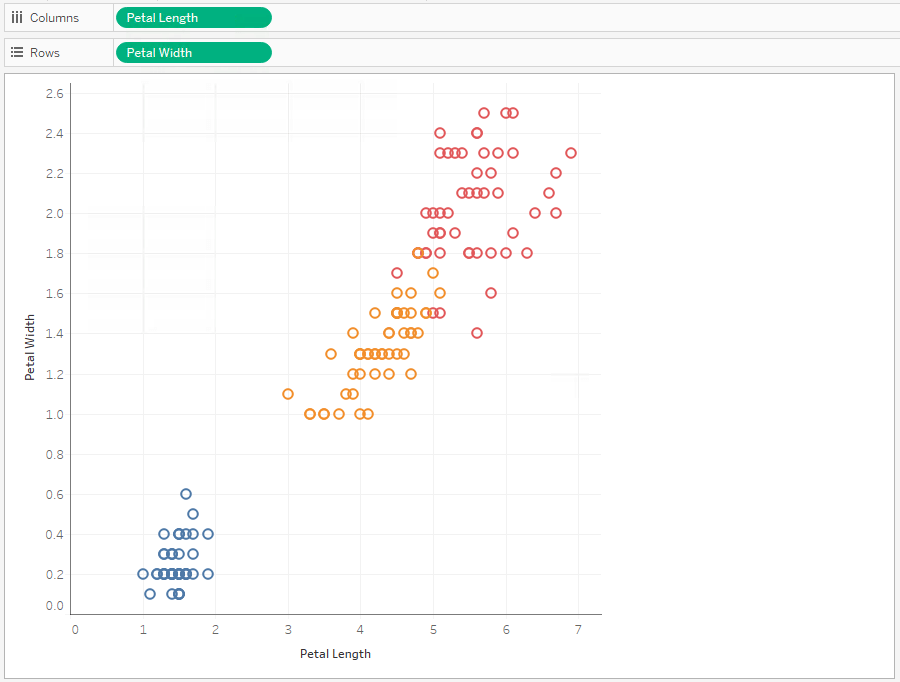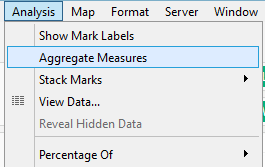
Just a small overview of Tableau. Tableau is a famous and present trending Business Intelligence tool used to analyze and visualize the data easy and fast. Today Tableau can use by academic researchers, business, government organization for visual data analysis. In this blog, we learn about Advanced analytics of Tableau with Python.
About Python:
Python is a higher programming language with dynamic semantics. It is another Object Oriented Programming language. It has as excellent string handling. Nowadays Python is used to boot the Software Development time by proving readable. Python has grown into a mature language with several implementations.
Advanced Analytics of Tableau with Python
Tableau introduces R capabilities after that, it is the time for new Tableau now comes and supports for Python. This is the important news for a data scientist, who use the reports to visualize results with some more advanced processes. Now bring analytics to much closer to the end users. Moreover, Through this blog know how to increase the analytics of Tableau with Python?
Basic Functionalities:
If we want to enable the connection from Tableau, you need to create a running Reserve session. But the Python integration requires you to set-up install TabPy Server. The set-up has some instructions while installing Python 2.7 with Anaconda, installing TabPy.
When we come to functionalities the Python integration is similar to R integration. Before going to know some examples, take a little moment to know, how we can use Python in Tableau, one remark that it is not possible to use both Python integration as well as R integration. And , one connector is available, so in case you want to use both, connect R to Python or Python to R. And TabPy functionalities are not supported by the Tableau Public.
Examples :
This concept has many examples.
- Using a fitted model to predict
- Passing data to Python
- Saving and loading a model
- Using a fitted model to predict
- Passing user-defined parameters to Python
Iris data set can be used that is already present in sci-kit-learn and then create a model by using the Naive Bayes estimator. Moreover, The data set contains 5 columns (petal width, sepal width, petal length, sepal length and the category). The first thing we want to do visualization of the iris data set using only 2 attributes in the 4 attributes and color coding the category.
However, calculations can complete for every individual row in the data set. But in Tableau, make sure that we are not working with aggregated measures. So , I hope you get little bit knowledge of Advanced Analytics of Tableau with Python.
We have to create a newly calculated field using Python functionalities and define SCRIPT_XX, where XX indicates the return data. The available options are INT, BOOL, REAL, STR. And, there are some conditions we can consider while calling Python:
- The calculations gives only one calculated fields . Suppose we want to have several values to return, in that case, we need to create a delimited string and to access the desired content define other calculated.
- If you give the input rows as 20, we will get a same number of records as per the input.
Custom parameters:
Suppose we want to allow the end-users to change the input to the particular function and to be able to visualize different scenarios(worst case, best case). Create standard parameters and add to the function call. And , developer must be Careful about two things while using custom parameters.
- Since python is a vector , it passes the parameter.
- If any changes will occur in parameters we have to recalculate of calculated parameters. So, be careful to modify the parameters. Finally, we know some applications of advanced analytics of Tableau with Python.
We know some basic applications the Python integration with Tableau.Additionally Python increases the capabilities of our dashboard. To make this work seamless we require advance knowledge of Tableau table calculations.
Recommended Audience :
Software developers
ETL developers
Project Managers
Team Lead’s
Prerequisites:
Anybody can learn tableau if you have a technical degree with basic coding knowledge. Trainers of OnlineITGuru will teach every topic they are real-time experts. Get more Knowledge on Tableau join OnlineITGuru for mastering the Tableau Online Training